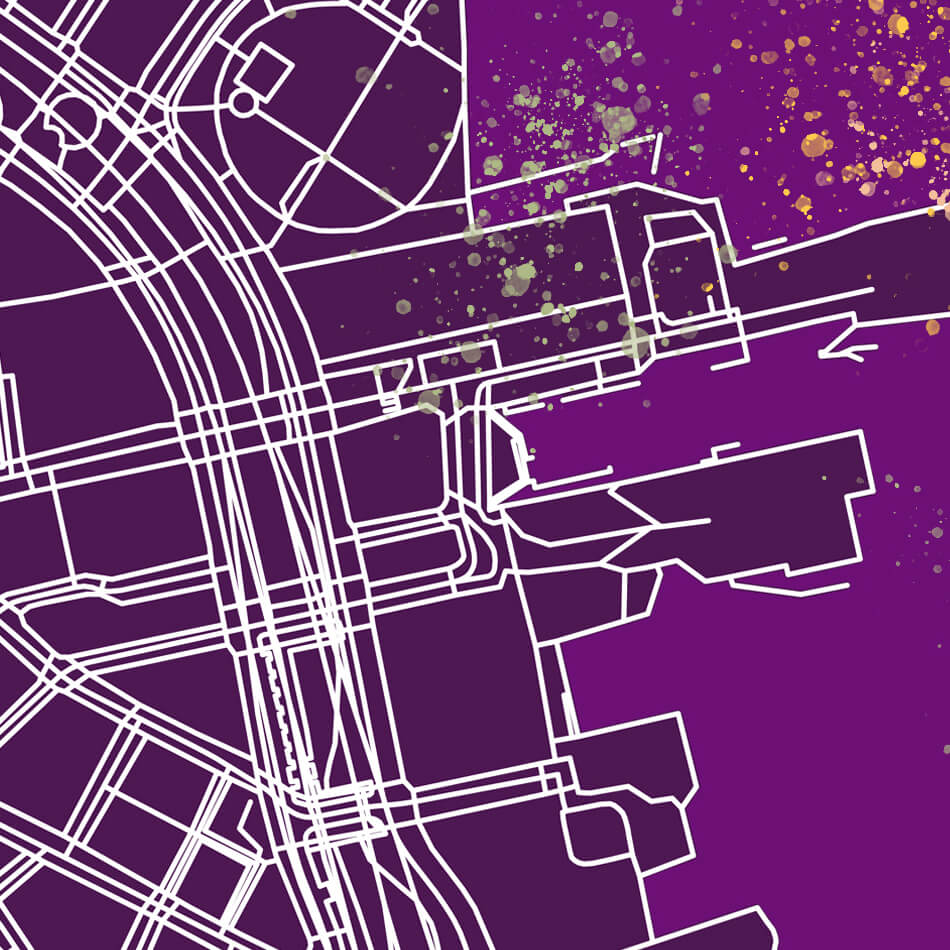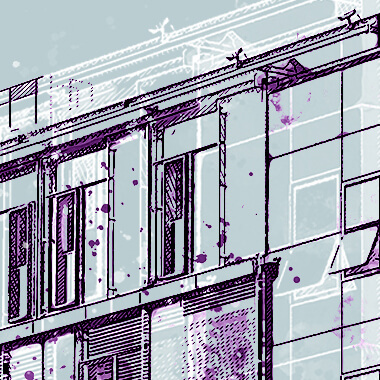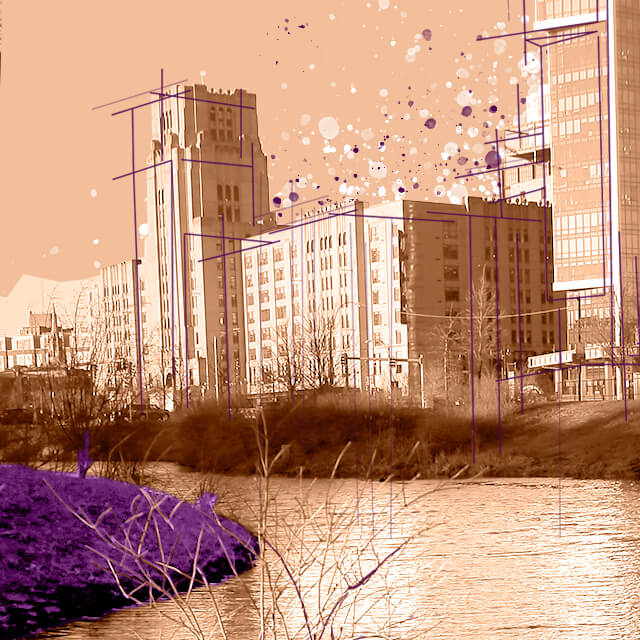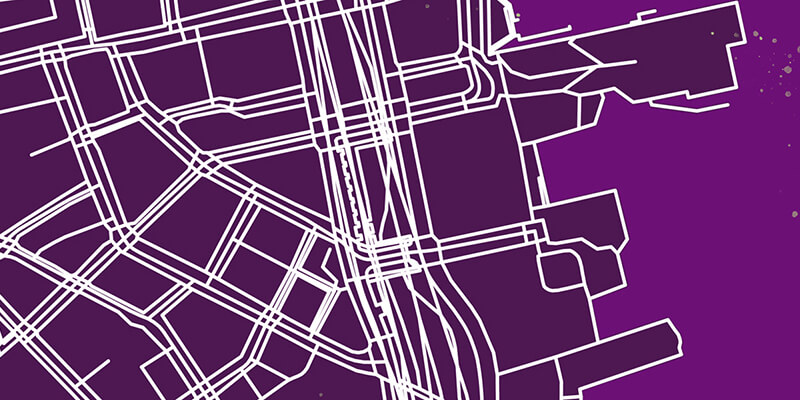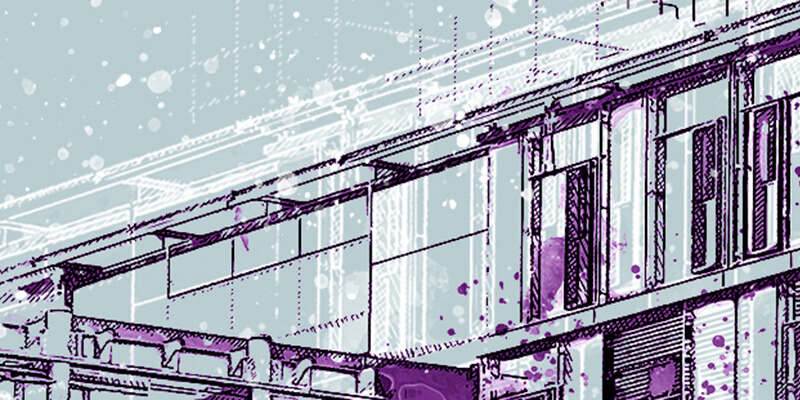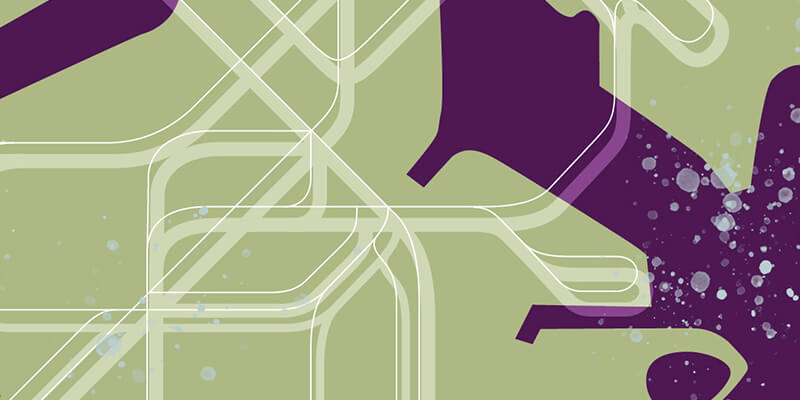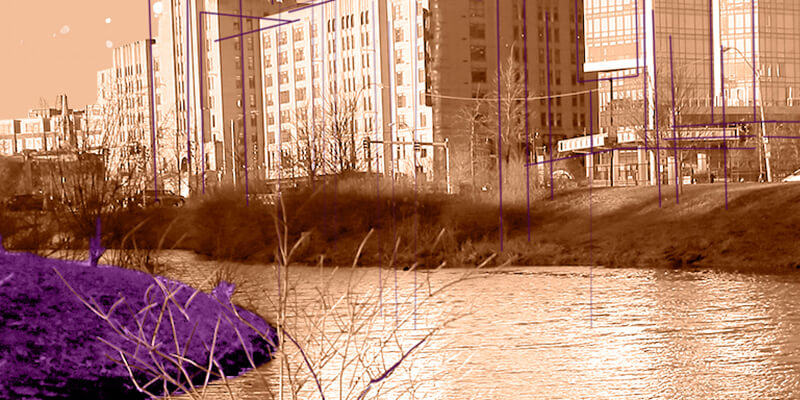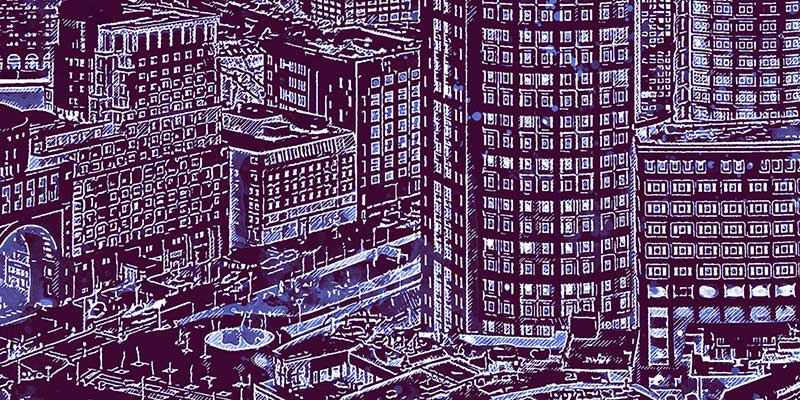Fixing the T is not enough. We need a massive expansion.
Take the Red Line to Lexington — and the Pink Line to Brockton.

H. Hopp-Bruce / Globe Staff
If you’ve ever spent an eternity on a stalled Orange Line train — only to hear the crackly conductor’s voice tell you that it’s going out of service and you’ll have to trudge upstairs with all the other grumpy commuters to be shoehorned into a COVID-y shuttle bus while you text the boss about another late arrival — your ambitions for the region’s public transit system may be modest.
Couldn’t it just work a little better?
Dan McNichol says we need to be thinking bigger than that. Much bigger.
McNichol worked as a spokesman for the Big Dig and literally wrote the book on the project. But these days, he counts himself a public transit evangelist.
“I really believe we’re at an inflection point where we shift to mass transit in this country,” he says, “not because we want to but because we have to.”
It’s an especially urgent task in a place like this.
Boston has become an increasingly inaccessible city in the last couple of decades — its housing prices growing more outlandish by the day and its traffic as punishing as any in the nation.
The only way to circumvent that traffic and connect the city to the more affordable outlying areas is with a vastly improved public transit system.
Getting people out of their cars and onto trains isn’t just an economic necessity. It’s also an environmental imperative. Transportation accounts for the bulk of the state’s greenhouse gas emissions. And Massachusetts, as a coastal state, is especially vulnerable to climate change catastrophe.
So what would it take to inspire a true mode shift?
McNichol pictures high-speed rail zipping riders from Springfield, New Bedford, and the North Shore into Boston and a vastly expanded subway system that radiates all the way out to the Route 128 corridor that bends around the city.
His Blue Line would extend all the way up to Salem. His Orange Line would go from Wakefield in the north to Dedham in the south. The Green Line would reach Burlington, while the Red Line would stretch to Lexington and beyond. And there would be several new lines, too.
A Yellow Line would whisk riders from downtown Boston west to Waltham. A Pink Line would run through Milton and Randolph to Brockton. And a Brown Line would connect all the lines in a grand circumferential loop.
That’s millions of soul-crushing trips on the Southeast Expressway averted. And it’s a chance to buy the house in Waltham that you couldn’t afford in Jamaica Plain — that comfortable four-bedroom with a little patch of lawn.
McNichol is hardly the first to imagine a much larger subway system. There has been talk of an “Urban Ring” connecting the existing subway lines for decades. And plans for extensions to Arlington and Lexington and Needham go back decades. Some were casualties of exploding car ownership after World War II, and others, in more recent decades, fell to suburban resistance.
Those forces have lost some of their power — for many suburbanites, the shine is off the highway commute. But some version of the opposition that existed in the past would doubtless arise again if there was a big new subway push. And cost, of course, would be a major stumbling block, too.
But if a wholesale reimagination of the public transit system feels out of reach, there are plenty of big, bold pieces the region could pursue.
Start with the subway.
Engineer Jim Lambrechts worked on the relocation of the Orange Line to the Southwest Corridor back in the 1980s.
And while the project was a success in many ways, Lambrechts always lamented that the teardown of the old elevated Orange Line deprived Dudley Square — now known as Nubian Square — of rapid transit service.
He joined the faculty at Wentworth Institute of Technology in 2005. And for years now as a professor of civil engineering, he has worked with his students to imagine major subway extensions that would cost about $4 billion to $5 billion — including one that would restore service to Nubian Square.
Lambrechts and his students would run the Green Line from Boylston Station under the Turnpike and beneath Washington Street to Nubian Square. And from there, if the state wanted to go even bigger, the trolley could continue along the underserved streets of Roxbury and Dorchester and land in Mattapan.
A separate plan would extend the Blue Line, which currently terminates near Beacon Hill, to Park Street — creating a super-station with access to all the major lines. From there, it would rumble through the Back Bay to Fenway Park — relieving some of the congestion on a similar Green Line route — before splitting in two. A southern spur would take patients and health care workers to the underserved Longwood Medical Area, while a northwest spur would run through Allston and Brighton to the Arsenal Yards development in Watertown.
One compelling feature: a parking garage at the Brighton stop, with on and off ramps directly connected to the Mass Pike, allowing suburbanites to drive right to the Blue Line and then ride the subway to work or the airport.
Jarred Johnson, executive director of the advocacy group TransitMatters, has some subway expansion ideas of his own. But he’s most passionate about transforming the commuter rail into a fast-moving “regional rail” service, with cheaper fares and far more frequent service.
A commuter rail that runs every 15 to 30 minutes would be a real option for the parent who needs the flexibility to leave the office at midday and pick up a sick kid at school. And it would be much better for service-sector workers who live on the outskirts of Boston and need to travel to hotel or restaurant jobs in the central city at odd hours.
It’s not just about feeding Boston’s economy, though.
Johnson says more frequent service “could really be a game-changer” for old industrial cities like Chelsea and Everett and Lynn, giving them a much stronger connection to Boston’s white-hot economy and helping to spread the wealth.
State Senator Eric Lesser of Longmeadow, who is running for lieutenant governor, is a big proponent of another component of this broader transit vision: high-speed rail from Boston to farther-flung locales.
He’s especially focused on a proposed “East-West” rail project that would speed service from Boston to Springfield. The push has a powerful ally in Representative Richard Neal, a Springfield Democrat who chairs the House Ways & Means Committee. And Attorney General Maura Healey, the favorite to win the governor’s race this fall, has repeatedly voiced support for the project.
The beauty of high-speed rail, Lesser argues, is that it is an answer to every megatrend bearing down on Massachusetts.
Not just Greater Boston’s “explosive, runaway” real estate market, which is forcing people to move to more affordable environs. Not just the economic struggles of post-industrial cities, which could get a jolt from improved public transit. And not just climate change, which demands an urgent response.
High-speed rail, he says, is also a way to capitalize on our shifting conceptions of work.
Not many people, he acknowledges, would be willing to take a train — even a high-speed train — from Springfield to Boston every day for work. But would they be willing to make the trip once a week? A couple of times a month? With today’s hybrid office setups, they just might.
High-speed rail to the central part of the state could also open an inland route from Boston to New York City, he says, doubling capacity and bringing down prices, with all the attendant economic and environmental benefits.
“The idea here is to change the trajectory we’re on as a state,” Lesser says, “rather than to reinforce it.”
Explore the series
